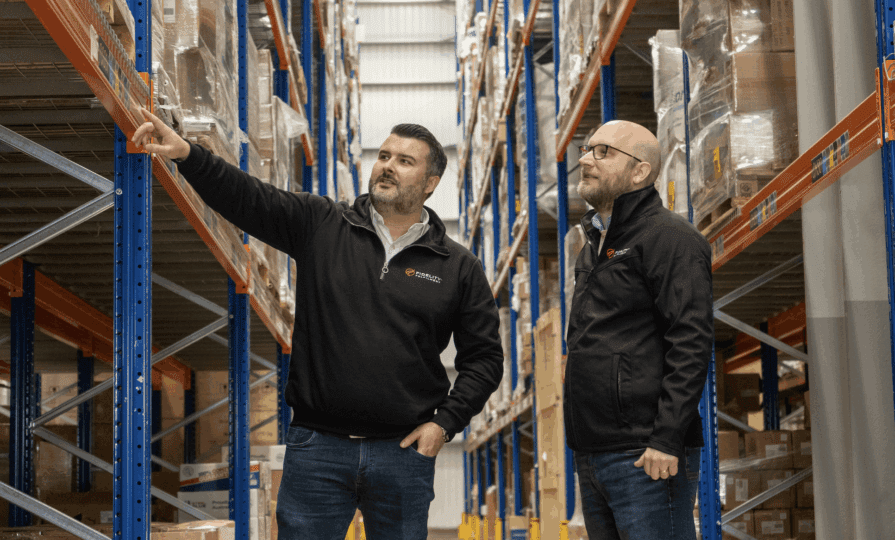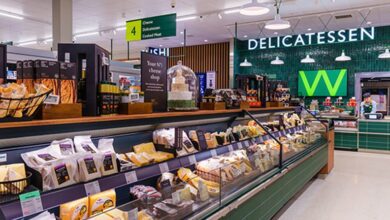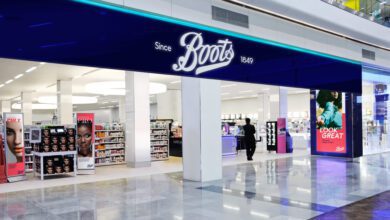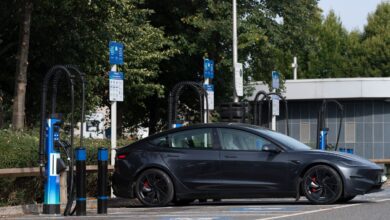Five forces reshaping UK fulfilment, and how brands can respond
In the UK, shifts in technology, consumer expectations, and economic pressure are driving structural change across the fulfilment sector - positioning it now as a core driver of customer experience and brand reputation

Register to get 1 free article
Reveal the article below by registering for our email newsletter.
Want unlimited access? View Plans
Already have an account? Sign in
In the UK, shifts in technology, consumer expectations, and economic pressure are driving structural change across the fulfilment sector – positioning it now as a core driver of customer experience and brand reputation.
At Fidelity Fulfilment, we work with both fast-scaling DTC brands and some of the UK’s largest multichannel brands and across that spectrum, one theme is clear: fulfilment models must now balance speed, flexibility, and resilience, all while supporting sustainable growth.
Here are five areas where we’re seeing significant change, and what they mean for decision-makers.
1. AI Is enhancing fulfilment, but it’s not a silver bullet
Artificial intelligence is beginning to enhance fulfilment performance in targeted areas. Warehouse slotting, guided putaway, and order routing are seeing measurable improvements where clean data and integrated systems are in place.
One practical example: AI tools are replacing static A/B/C classification with dynamic product placement based on live order activity. This improves space utilisation and reduces operator travel time – gains that translate directly into efficiency.
However, the impact of AI depends heavily on data quality and digital readiness. For brands still operating legacy infrastructure, integration may require foundational upgrades. AI is not a shortcut, it’s a multiplier that amplifies whatever systems and processes already exist.
2. Regional warehousing is on the rise, but golden triangle still king
As expectations for same-day and on-demand delivery rise, some brands are investing in decentralised warehousing, often splitting inventory across the North, Midlands, and South, or even leveraging stores as micro-fulfilment centres.
But for next-day delivery, the Golden Triangle (between Birmingham, Northampton, and Leicester) remains the gold standard. The density of infrastructure, carrier access, and transport links here is still unmatched.
Brands need to match their fulfilment footprint to their delivery promise. If it’s next-day, then centralised may be best, but if hyper-speed delivery is the priority, decentralisation or store-based fulfilment may be more effective options.
3. Customers now expect a ‘Retail-Grade’ experience
Customers now expect fulfilment to reflect the brand they’ve chosen. This includes accuracy and speed, but also consistency, transparency, sustainability and presentation. Retail-grade fulfilment – once the domain of ecommerce leaders – is now widely expected across the board.
Subscription models are a clear case in point. For wellness and lifestyle brands, fulfilment is a recurring touchpoint. Packaging, delivery cadence, and tracking all form part of the customer experience, and must align with brand tone and values.
4. Sustainability isn’t optional, it’s commercially critical
Pressure to decarbonise operations is rising. Brands are expected not just to operate more sustainably, but to prove it through carbon reporting, sustainable packaging, and transparent supply chains.
Fulfilment plays a key role in this. From materials and warehousing to carrier selection, it’s where many of the most visible sustainability decisions are made.
Meeting these expectations requires more than good intentions. Brands need partners with the tools and traceability to support long-term ESG goals, and a shared commitment to meaningful impact.
5. Scalability and flexibility are the new competitive edge
The retail calendar has changed. It’s no longer about predictable peaks and troughs. Social media surges, flash sales, and unexpected demand spikes are now standard challenges, especially for DTC brands scaling quickly.
In this environment, fulfilment must adapt in real time. That means flexible infrastructure, integrated data, and collaborative planning – often extending beyond logistics to product sourcing and demand forecasting.
This means the most successful brands are approaching fulfilment as a strategic capability, not just a cost centre. They’re also building partnerships (not just contracts), and designing for volatility (not just volume).
Looking ahead
Fulfilment is no longer a back-office function – it’s at the intersection of customer satisfaction, brand loyalty, and commercial performance.
To keep pace with shifting expectations and operational risk, brands need fulfilment models that are not only efficient but resilient, flexible, and aligned with long-term strategy.
And so if you’re treating fulfilment as just another cost line, it’s time to rethink. The future of fulfilment is fast, flexible, intelligent, and brand-led. Is yours?







